- 1 Understanding Bamboo Composite Decking's Water Resistance Properties
- 2 Essential Waterproofing Membrane Systems for Composite Decks
- 3 Comparative Analysis of Drainage System Options
- 4 Proper Installation Techniques for Optimal Water Management
- 5 Design Considerations for Different Climate Conditions
- 6 Maintenance Practices for Long-Term Waterproofing Integrity
- 7 Cost-Benefit Analysis of Different Waterproofing Approaches
- 8 FAQ
- 8.1 What is the expected lifespan of properly installed bamboo composite decking?
- 8.2 How much does professional bamboo composite decking installation typically cost?
- 8.3 Can bamboo composite decking be installed directly on the ground?
- 8.4 What maintenance is required for bamboo composite decking drainage systems?
- 8.5 Are there specific building code requirements for deck waterproofing and drainage?
Bamboo composite decking has emerged as a premier sustainable building material, combining bamboo fibers with polymer resins to create durable, eco-friendly outdoor surfaces. While the material itself offers excellent moisture resistance compared to traditional wood, proper waterproofing and drainage design remain critical for maximizing longevity and maintaining structural integrity. This comprehensive guide explores the essential waterproofing strategies, drainage systems, and installation techniques that ensure your bamboo composite decking project withstands weather challenges while providing decades of reliable service.
Understanding Bamboo Composite Decking's Water Resistance Properties
Before designing waterproofing systems, it's crucial to understand how bamboo composite decking interacts with moisture at a fundamental level. The manufacturing process, which involves combining bamboo fibers with high-quality polymers under heat and pressure, creates a material with inherent water-resistant characteristics. However, the composite nature means that while the surface repels water effectively, prolonged exposure to standing water or improper installation can still lead to moisture-related issues over time. Understanding these properties informs appropriate waterproofing strategies.
- Material Density and Absorption: High-density composites typically absorb less than 1% moisture by volume, significantly outperforming natural wood.
- Surface Texture Impact: Grooved or textured surfaces may retain minimal moisture but generally dry quickly due to material composition.
- Thermal Expansion Considerations: Composite materials expand and contract with temperature fluctuations, requiring proper gap spacing for drainage.
- UV Resistance and Waterproofing: Integrated UV inhibitors protect against sun damage that could compromise long-term water resistance.
- Manufacturing Quality Variations: Different composite formulations offer varying levels of inherent water resistance based on resin content and manufacturing processes.
Essential Waterproofing Membrane Systems for Composite Decks
Waterproofing membranes represent the first line of defense against moisture damage in bamboo composite decking installations. These specialized materials create a continuous barrier between the deck surface and underlying structure, preventing water infiltration that could lead to rot, mold, or structural deterioration. Modern membrane systems range from liquid-applied coatings to sheet membranes, each offering distinct advantages for different installation scenarios and climate conditions.
- Liquid-Applied Membranes: Form seamless, flexible coatings that conform to irregular surfaces and penetrate difficult-to-reach areas.
- Sheet Membrane Systems: Provide consistent thickness and proven performance, particularly effective in high-moisture environments.
- Self-Adhering Flashings: Create watertight seals around penetrations, edges, and transitions to other building materials.
- Drainage Mat Integration: Combine waterproofing with drainage capabilities, allowing any penetrated moisture to escape.
- Membrane Compatibility: Ensure selected membranes are compatible with both composite decking and substrate materials to prevent chemical interactions.
Comparative Analysis of Drainage System Options
Selecting the appropriate drainage system for your bamboo composite decking installation requires understanding the performance characteristics, installation requirements, and cost considerations of available options. Different systems address various water management challenges, from simple surface drainage to comprehensive below-deck solutions. The table below compares the most common drainage approaches to help guide selection based on specific project requirements:
| Drainage System Type | Water Removal Efficiency | Installation Complexity | Maintenance Requirements | Best Application Scenarios |
| Traditional Slope Drainage | High for surface water | Low to moderate | Periodic cleaning | Simple deck designs, dry climates |
| Channel Drain Systems | Excellent for high volume | Moderate to high | Regular debris clearing | Large decks, areas with heavy rainfall |
| Below-Deck Trough Systems | Superior for complete protection | High during installation | Minimal after installation | Decks over living spaces, multi-story applications |
| Gutter Integration | Good for directed runoff | Moderate | Seasonal inspection and cleaning | Decks with roof connections, defined runoff areas |
| Permeable Base Systems | Moderate with gradual dispersal | Varies with design | Potential for clogging | Eco-focused designs, well-draining soils |
This comparison highlights why understanding your specific site conditions and performance expectations is essential when planning bamboo composite decking installation with integrated drainage.
Proper Installation Techniques for Optimal Water Management
Correct installation represents perhaps the most critical factor in ensuring effective waterproofing and drainage for bamboo composite decking. Even the highest-quality materials will underperform if installed without proper attention to water management principles. From substrate preparation to fastening techniques, each installation decision impacts the system's ability to shed water effectively and protect underlying structures from moisture damage over the deck's lifespan.
- Substrate Slope Requirements: Maintain minimum 1/4" per foot slope away from structures to ensure positive drainage.
- Fastener Selection and Placement: Use corrosion-resistant fasteners and follow manufacturer spacing recommendations to prevent water trapping.
- Expansion Gap Management: Maintain appropriate gaps at all board ends and perimeter connections to accommodate material movement.
- Transition Details: Implement proper flashing and sealing where decking meets walls, doors, or other structural elements.
- Ventilation Considerations: Ensure adequate air circulation beneath decking to promote drying and prevent moisture accumulation.
Design Considerations for Different Climate Conditions
The optimal waterproofing and drainage approach for bamboo composite decking varies significantly based on regional climate patterns and specific site conditions. Heavy rainfall regions demand more robust drainage solutions, while arid climates may prioritize UV protection alongside basic water management. Understanding these climate-specific considerations ensures your deck design appropriately addresses the unique challenges presented by local weather patterns throughout the seasons.
- High Rainfall Regions: Prioritize rapid water evacuation through integrated gutter systems and steep slopes.
- Snow and Ice Prone Areas: Plan for freeze-thaw cycles with expansion-compatible designs and de-icing chemical resistance.
- Hot and Humid Climates: Focus on ventilation to prevent moisture accumulation and inhibit mold/mildew growth.
- Coastal Environments: Address saltwater exposure with corrosion-resistant components and frequent rinsing capabilities.
- Variable Seasonal Conditions: Implement flexible systems that perform effectively during both dry and wet seasons.
Maintenance Practices for Long-Term Waterproofing Integrity
While bamboo composite decking requires significantly less maintenance than traditional wood decking, proactive care remains essential for preserving waterproofing and drainage performance over time. Regular maintenance not only extends deck lifespan but also identifies potential issues before they develop into significant problems. A systematic maintenance approach addresses both surface conditions and underlying systems to ensure comprehensive water management throughout the deck's service life.
- Seasonal Inspection Protocols: Conduct thorough examinations each spring and fall, focusing on drainage paths and transition areas.
- Debris Management: Regularly clear leaves, dirt, and organic matter from deck surfaces and drainage systems.
- Mold and Mildew Prevention: Clean surfaces with appropriate cleaners to maintain water repellency and prevent biological growth.
- Sealant and Flashing Maintenance: Inspect and refresh sealants at joints and penetrations as needed to maintain watertight integrity.
- Drainage System Cleaning: Ensure gutters, channels, and downspouts remain clear to handle peak water flow during heavy rainfall.
Cost-Benefit Analysis of Different Waterproofing Approaches
Investing in comprehensive waterproofing and drainage systems for bamboo composite decking involves balancing initial costs against long-term benefits, including extended deck life, reduced maintenance requirements, and protection of underlying structures. Different approaches offer varying levels of protection at different price points, making informed decision-making essential for optimizing both performance and budget allocation. Understanding these cost-benefit relationships helps prioritize investments based on specific project requirements and risk factors.
- Basic Surface Drainage Systems: Lowest initial cost, suitable for simple applications with minimal risk of water damage below.
- Intermediate Membrane Protection: Moderate investment providing significantly improved protection for decks above usable spaces.
- Comprehensive Water Management Systems: Higher initial cost delivering maximum protection and longest service life for high-value applications.
- Lifecycle Cost Considerations: Evaluate total cost of ownership, including maintenance, repairs, and potential replacement of damaged components.
- Return on Investment Calculation: Consider both tangible benefits (extended lifespan) and intangible benefits (peace of mind, property protection).
FAQ
What is the expected lifespan of properly installed bamboo composite decking?
When installed with appropriate waterproofing and drainage systems, bamboo composite decking typically provides 25-30 years of reliable service, with many premium products offering warranties in this range. The actual lifespan depends on multiple factors including installation quality, climate conditions, maintenance practices, and product quality. Proper waterproofing directly impacts longevity by preventing moisture-related deterioration of both the decking material and underlying support structure, making it a critical consideration for maximizing investment return.
How much does professional bamboo composite decking installation typically cost?
The total bamboo composite decking installation cost ranges from $45 to $75 per square foot when including comprehensive waterproofing and drainage systems. This investment covers materials, professional labor, permits, and all necessary waterproofing components. Basic installations without extensive water management systems may cost $30-45 per square foot, while high-end projects with advanced drainage solutions can reach $80-100 per square foot. The specific cost depends on deck complexity, site accessibility, regional labor rates, and the quality of materials selected.
Can bamboo composite decking be installed directly on the ground?
While bamboo composite decking offers better moisture resistance than natural wood, installation directly on the ground or in constant contact with soil is not recommended. Ground contact significantly increases moisture exposure, potentially compromising long-term performance despite the material's inherent water resistance. Best practices include maintaining at least 6-8 inches of clearance between decking and soil, implementing robust vapor barriers, and ensuring positive drainage away from the structure. For grade-level applications, consider specialized mounting systems that elevate decking while promoting air circulation.
What maintenance is required for bamboo composite decking drainage systems?
Maintaining drainage systems for bamboo composite decking involves regular inspection and cleaning to ensure optimal performance. Key maintenance tasks include clearing debris from surface drainage paths monthly during peak shedding seasons, inspecting and cleaning gutter systems biannually, checking for proper water flow during rainfall events, ensuring expansion gaps remain clear of obstructions, and verifying that downspouts direct water sufficiently away from the foundation. These relatively simple maintenance activities significantly extend the effectiveness of waterproofing systems and prevent costly water damage repairs.
Are there specific building code requirements for deck waterproofing and drainage?
Most jurisdictions incorporate specific building code requirements addressing deck waterproofing and drainage, particularly for decks installed above living spaces or exits. Common requirements include minimum slope standards (typically 1/4" per foot away from structures), approved flashing methods at ledger board connections, proper fastening techniques, and in some cases, specific waterproofing membrane requirements. Additionally, many codes reference manufacturer installation instructions, making compliance with recommended practices for bamboo composite decking installation a code requirement. Always consult local building authorities before beginning deck construction to ensure compliance with all applicable regulations.

 English
English Deutsch
Deutsch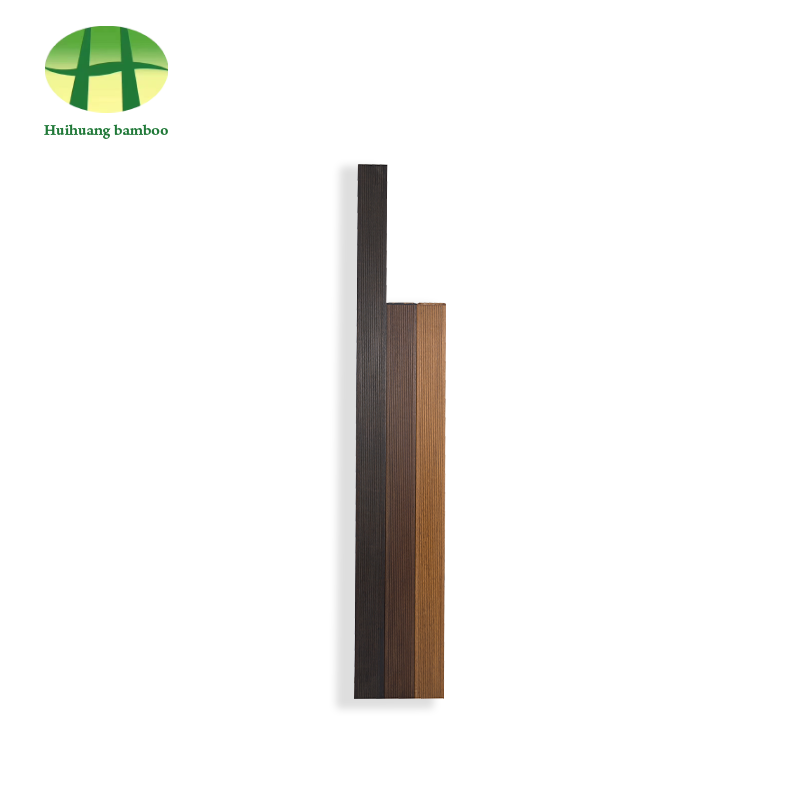
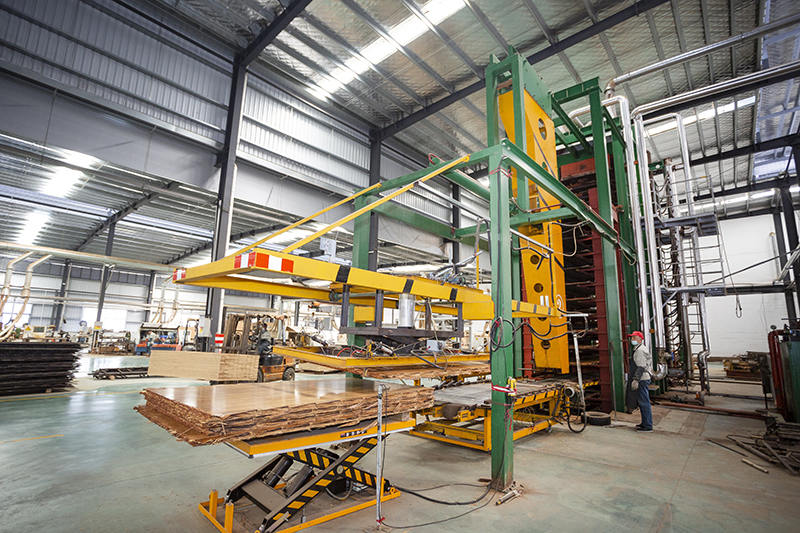
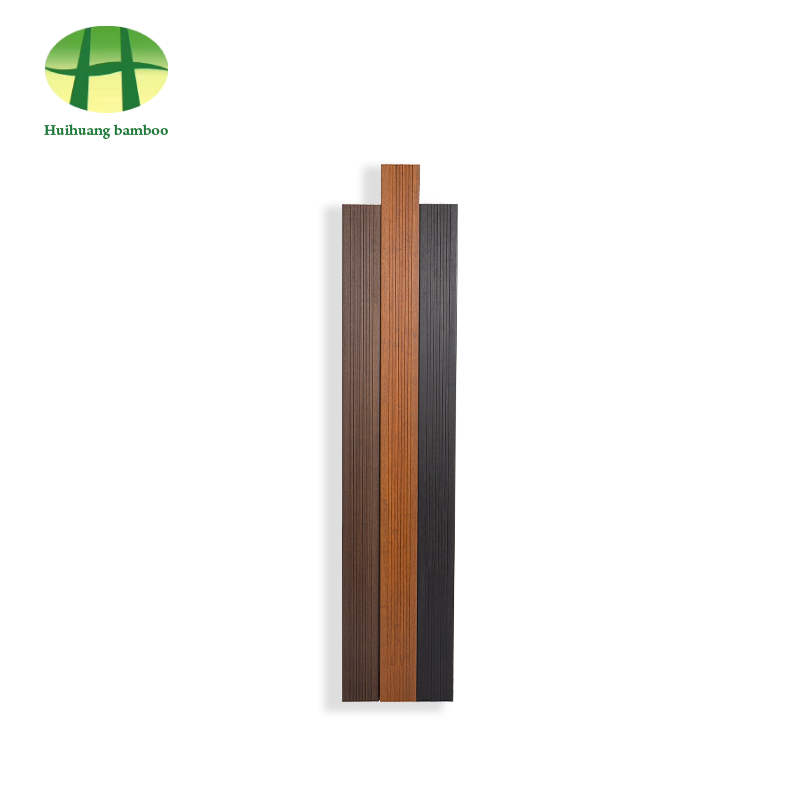
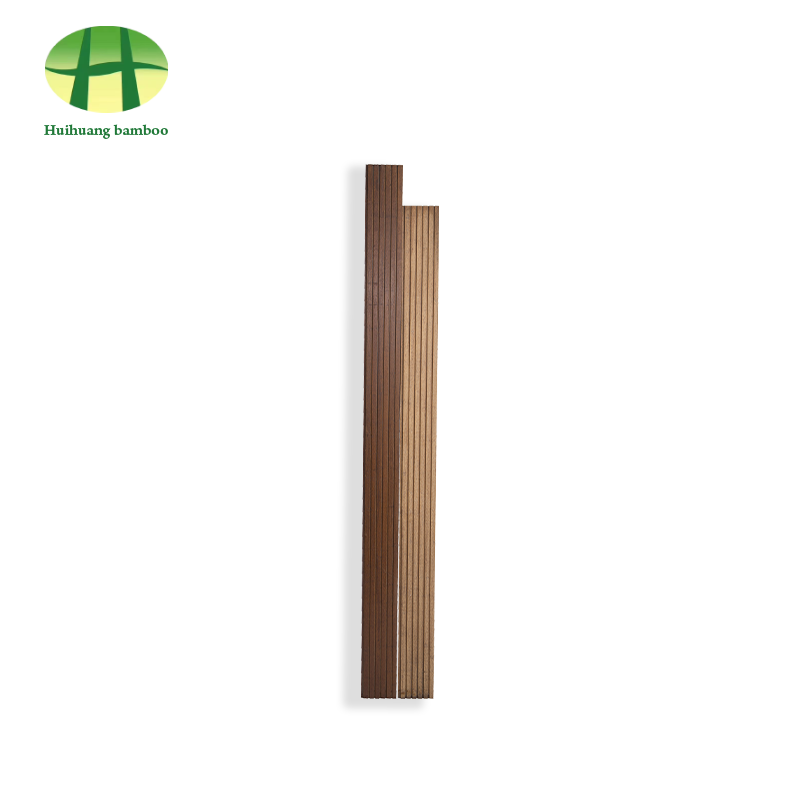
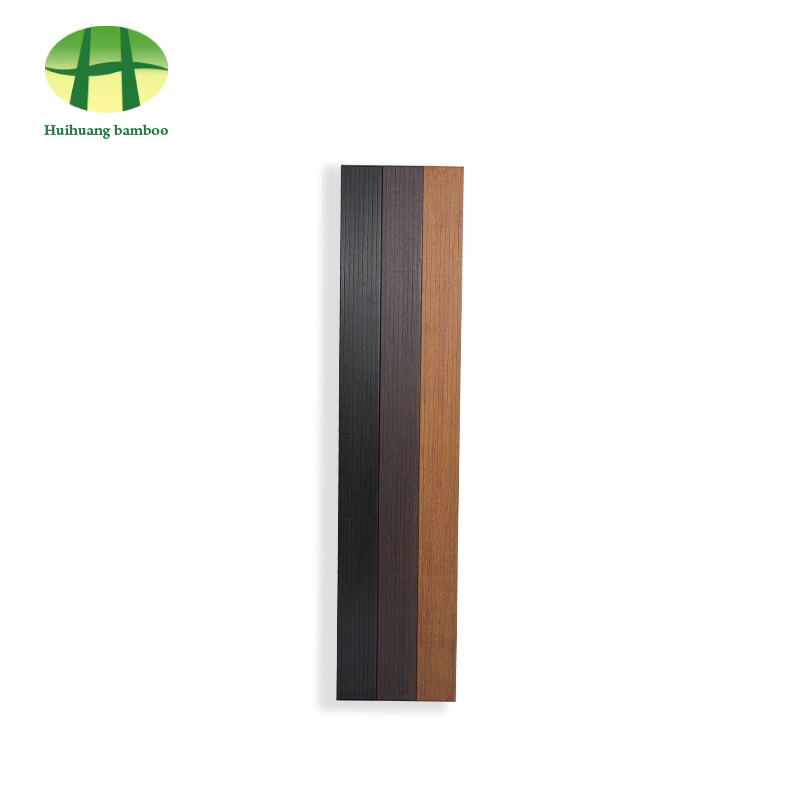
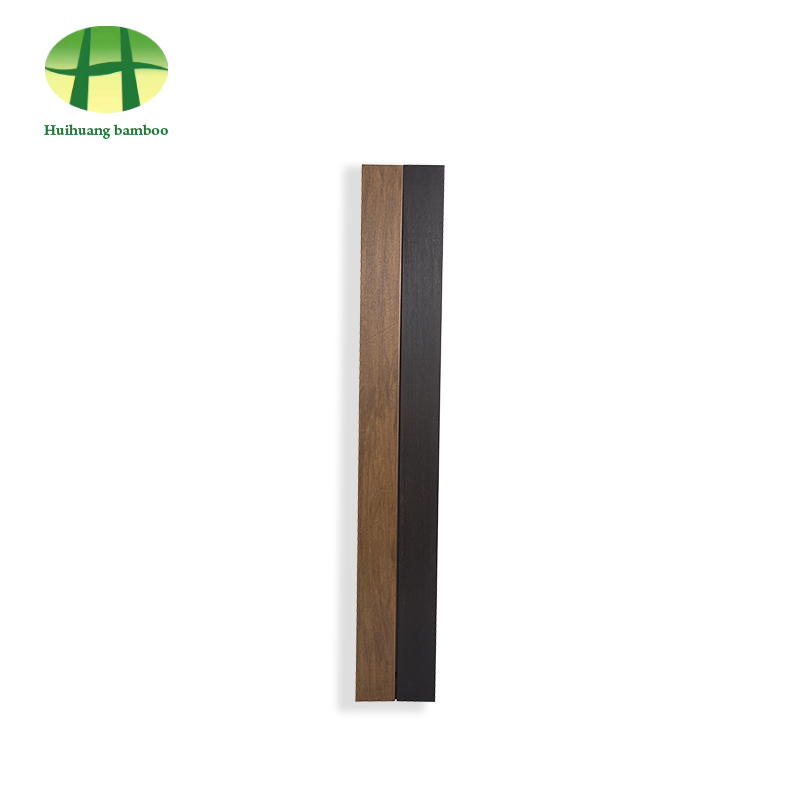
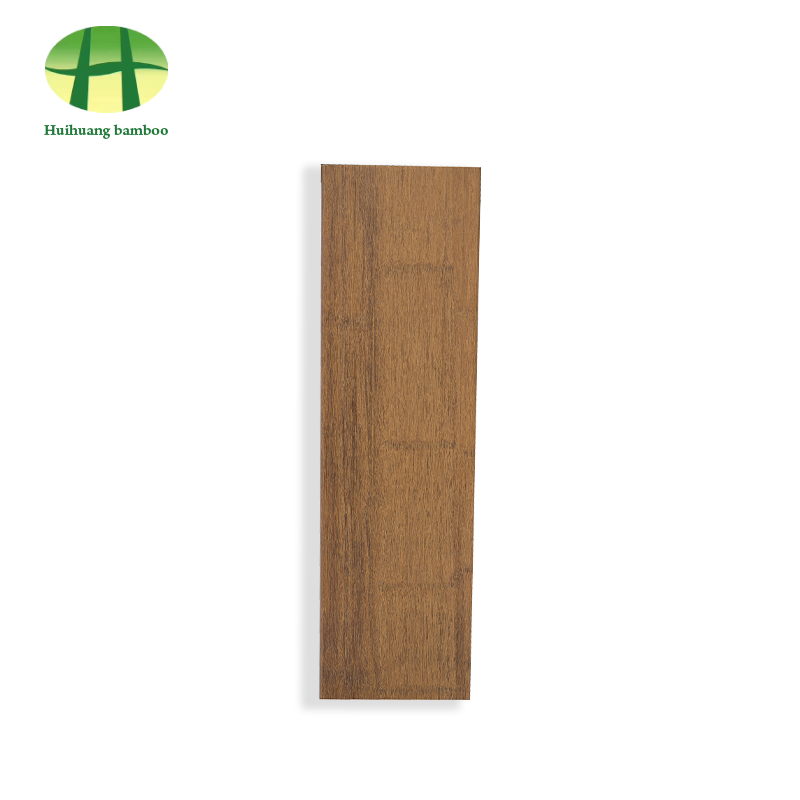

 +86-572-5215066 5216895
+86-572-5215066 5216895 office@hh-bamboo.com
office@hh-bamboo.com East Side of Huanggang RD,Ningdun County, Ningguo ,Xuancheng City,Anhui Province,China.
East Side of Huanggang RD,Ningdun County, Ningguo ,Xuancheng City,Anhui Province,China.